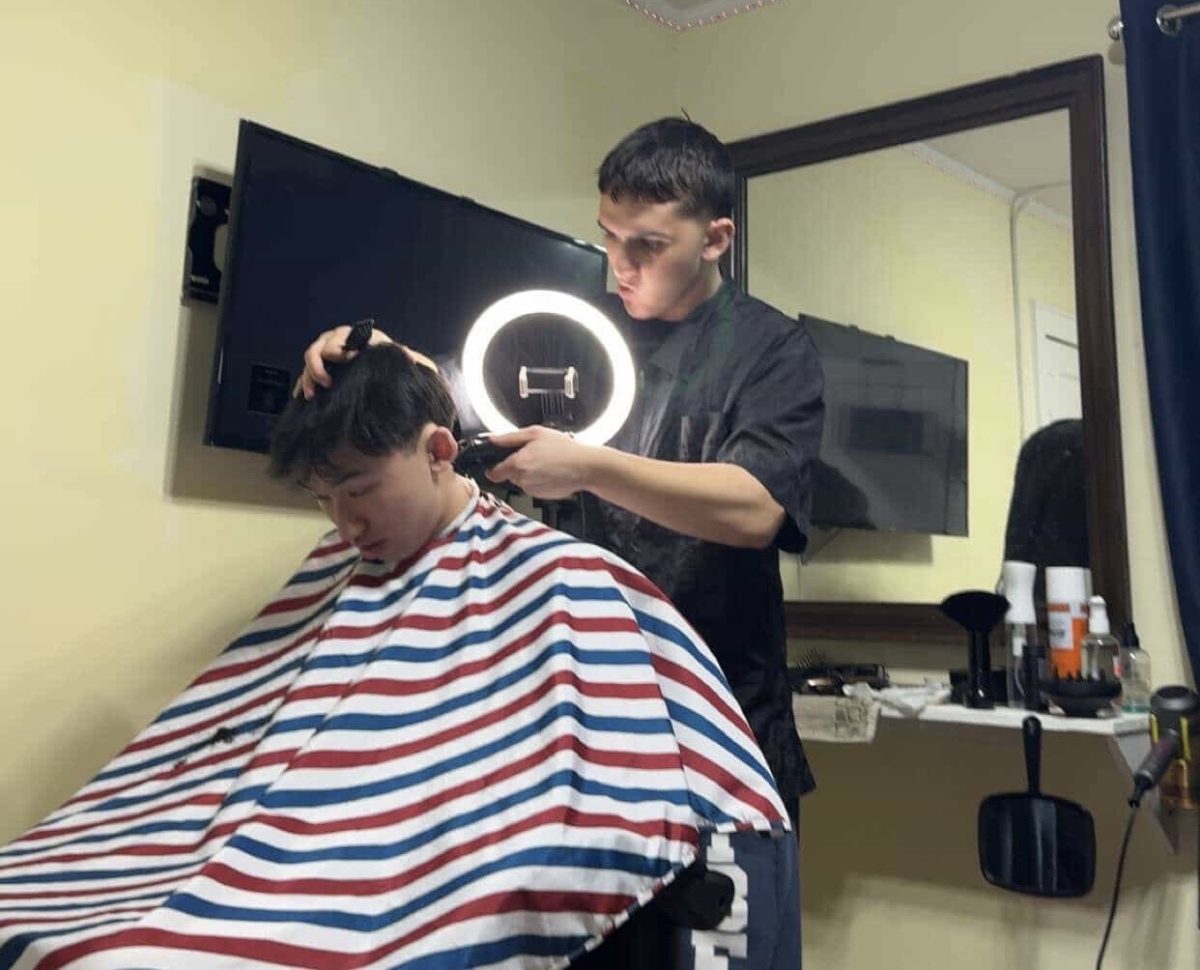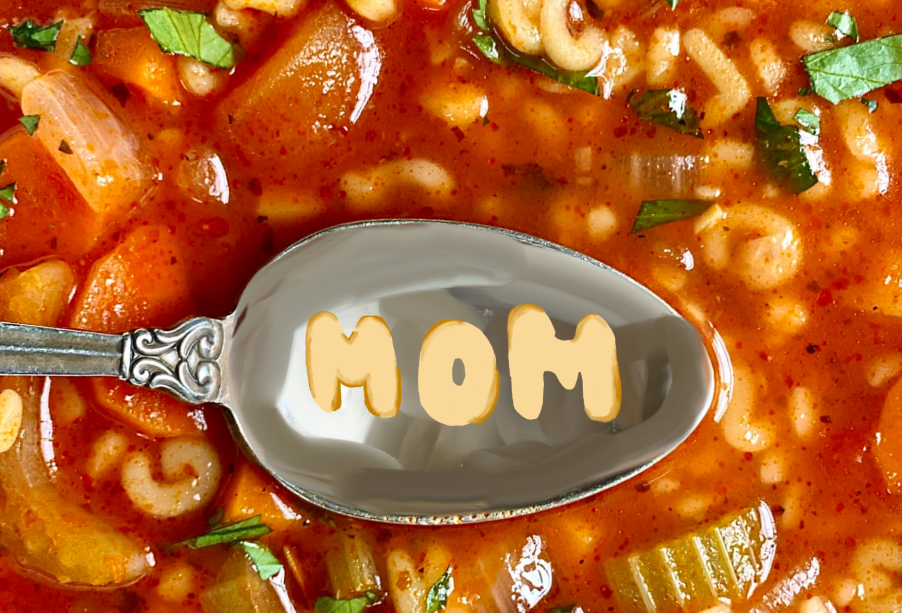It’s the end of the year. Did you cook? Did you get cooked? Did you gain or lose aura? Were you locked in or geeked out? Is it tweak time? Maybe even crashout o’ clock?
Whether that paragraph spoke to you or made you want to blind yourself Oedipus-style, brainrot is here to stay. Recall, for example, your last math test. As you walked out of the room, maybe you lamented to an acquaintance about getting “cooked” or threatened to “crash out.” Maybe you regretted boasting about how “locked in” you were before you actually took your test and “tweaked.” These phrases aren’t just signs of cultural decay—they are strategic expressions that we use in a calculated manner, whether we realize it or not.
Brainrot creates immediate common ground. It’s a shared language between people who have absorbed the same jokes, references, and internet trends, which in turn establishes familiarity and connection. In some ways, brainrot is an analogue of small talk: We use both to skip long conversations and formal introductions, quickly signaling friendliness, connection, and even a bit of docility. By making a stupid joke to an acquaintance about “losing aura,” you tell them that you’re not a threat, that you’re trying to be friendly, that you have an unserious streak. Brainrot also signals that you and whoever you’re talking to are part of the same group. The internet has homogenized youth culture in such a way that nearly every teen who uses social media understands some brainrot. This has created two distinct groups: an “ingroup” that uses social media and understands brainrot, and an “outgroup” that doesn’t. Brainrot indicates that you are part of the ingroup: a community united not by location or tradition, but by the same absurd algorithm. Different people find different jokes funny, but amongst social media–using teens, brainrot is the common denominator.
“I use brainrot in my everyday speech with people who seem chill,” says sophomore Isabella Jiang. “[It’s] a way to connect with people and a form of social signaling—it lets you show that you’re on the same side of the internet as your peers. And I use it for humor.”
And brainrot really is a subsection of humor. We use it in the same way that we use sarcasm, inside jokes, and movie quotes—only with brainrot, the sources of humor are more fragmented and transient. Brainrot phrases, like humor, are more than jokes. They’re expressive, efficient ways for us to communicate anything from joy to fear to embarrassment without needing to spell those feelings out. They let us externalize emotion while keeping our tone light and our egos intact. Saying that you got “cooked” on a test or that you’re about to “crash out” is a more socially acceptable way of admitting vulnerability than unpacking your baggage outright. Brainrot turns emotional honesty into something performative and safe, giving people the freedom to share their feelings without the responsibility of being fully sincere. In this way, brainrot is communication, coded and casual, but communication all the same. The next time you find yourself lamenting your impending crashout, consider how you really feel. Probably worse than you’re letting on, no? But most people would rather express themselves in a safe, measured way than deal with the weight of sincerity in such a public environment. So, for better or for worse, we brainrot on.
Of course, as with anything, moderation is important. Overindulgence in mindless content can lead to detachment and difficulty engaging with reality in more meaningful ways. Just like corporate small talk, brainrot can prevent people from making deeper connections with their acquaintances. However, in moderate doses, brainrot acts as more than mental clutter. It’s a tool for signaling, bonding, and coping. So consider this: a little brainrot is nothing to scorn. Just like any linguistic and social phenomenon, it comes with good and bad. It’s a natural offshoot of humor and humanity, and, whether you love or despise it, a surprisingly essential component of our generation’s connection and communication.







